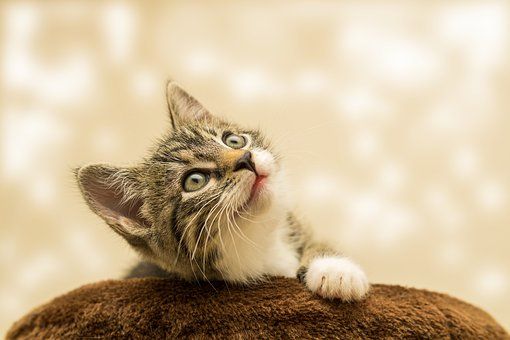Zoonotic Considerations: COVID’s No Cat’s Meow
IIn the latest Morbidity and Mortality Weekly Report from the Centers for Disease Control and Prevention (CDC), researchers discuss SARS-CoV-2 in two domestic cats.

The COVID-19 pandemic has uprooted so much of our lives lately. From personal protective equipment (PPE) to the infodemic, and waves of cases, this has been a novel situation for us all. As we move to more sustainable, long-term COVID-19 efforts within healthcare, things will invariably go back to a semi-normal state, like having visitors and reopening of gift shops. What about pet therapy though? Visitations from companion animals?
All of these aspects of healthcare and infection control are something we’ll have to consider as we learn more about the zoonotic aspects of COVID-19 and the potential for transmission between humans and animals. In the latest Morbidity and Mortality Weekly Report from the Centers for Disease Control and Prevention (CDC), researchers discuss SARS-CoV-2 in two domestic cats. These two, identified in late April, presented unique insight into how human cases might act as a source for transmission to animals. While the two cats resided in different households, the investigation found that they were epidemiologically linked to a suspected or confirmed COVID-19 case within their homes. Like humans, household contacts proved to be a greater source for COVID-19 exposure.
What exactly does COVID-19 look like in felines? The researchers noted that both cats developed respiratory illness with sneezing, coughing, watery nasal and ocular discharge, and had a loss of appetite and generalized lethargy. Astute veterinarians sent in lab samples (one cat was identified on March 24 and the other on April 1), which later found them to both have SARS-CoV-2.
Following the positive lab results, public health officials worked to conduct an epidemiological investigation to understand how this transmission occurred. What they found was interesting-one cat lived with a suspected case within an apartment building with several cases of COVID-19 around the time of infection. Cat B lived with a person who developed symptoms and was found to have COVID-19. Both human symptoms and likely infections occurred over a week before feline symptoms began.
The researchers note that “an estimated 76 million pet cats live in the United States, and approximately 70% of U.S. households own at least one pet. Close interactions between humans and pets create opportunities for zoonotic disease transmission. In both cases presented in this report, the cats with positive test results for SARS-CoV-2 had close epidemiologic links to owners with suspected or confirmed COVID-19.”
What can we learn from this for IPC efforts? As we reopen and expand hospital efforts to include animal therapy and companion animals, it will be important to consider the potential risk that humans with COVID-19 pose to these animals. Cats in particular have shown to become infected with SARS-CoV-2 when in close, prolonged contact with an infected human.
It is suggested that hospitals and healthcare facilities avoid feline and generalized pet visitation if a patient is sick. In most cases we do not allow animal therapy for those in isolation precautions, but these findings further support the importance of reducing zoonotic transmission in this ever-changing environment.
If a patient with COVID-19 is wanting to have their feline brought in to visit, efforts should be made to communicate risk to the cat and perhaps set up a virtual call so they can interact. While these may seem like unlikely situations or something we won’t have to think about, the existing literature shows that there is a risk for humans to pass SARS-CoV-2 to domestic cats. More research is necessary to understand the zoonotic transmission and One Health dynamics of these infections.
Uncovering a Hidden Risk: Alcohol Use Disorder Significantly Increases C difficile Infection Rates
April 10th 2025A groundbreaking study reveals a strong connection between alcohol use disorder and increased risk for Clostridioides difficile infection, challenging traditional assumptions and calling for enhanced infection prevention protocols.